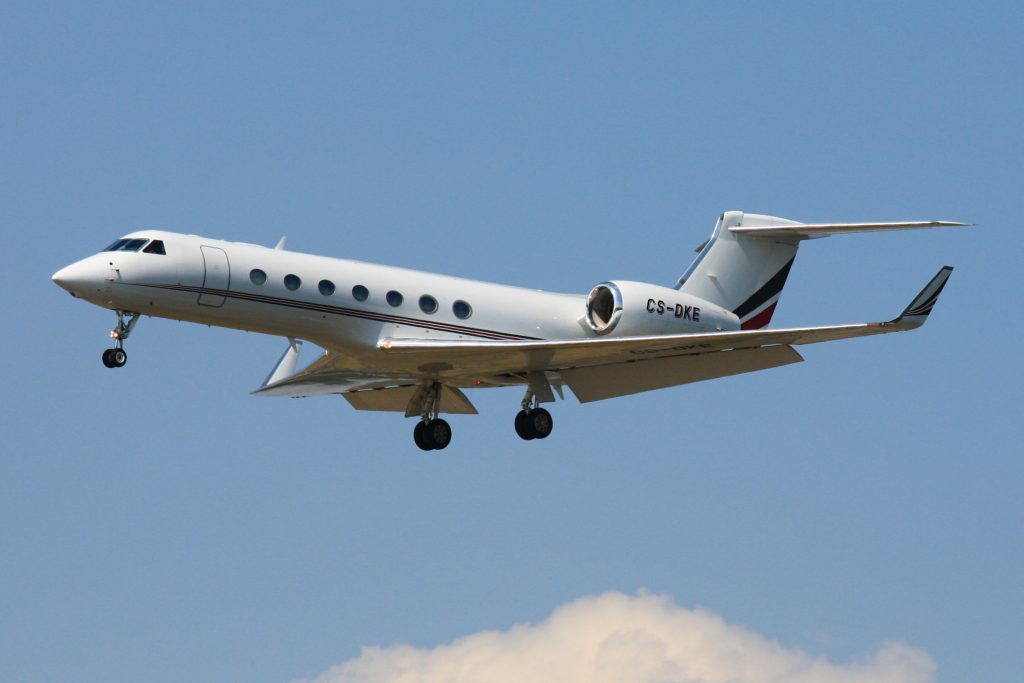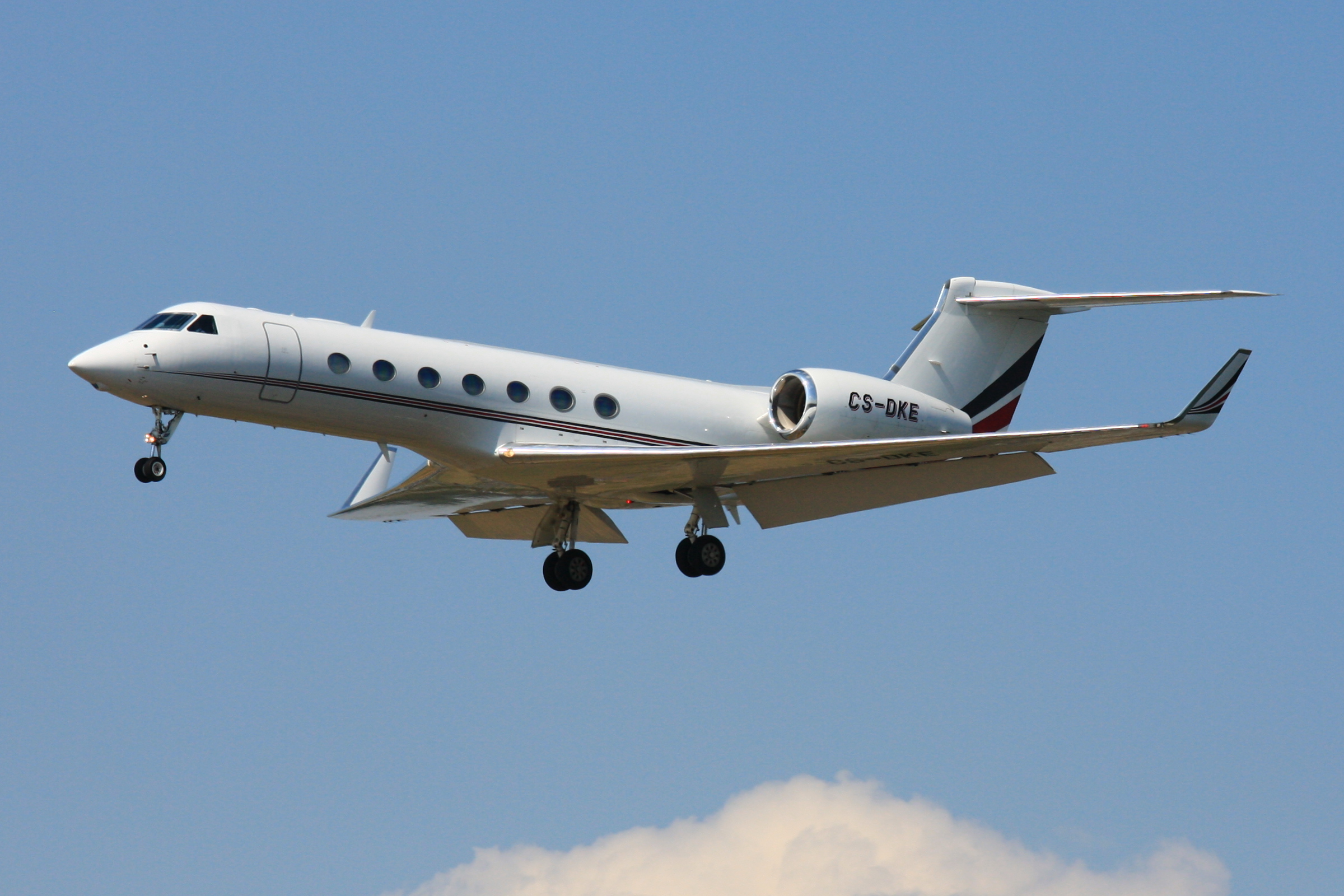
Italy Advances Defense Capabilities with New G550 Testbed Acquisition
Italy has taken a notable step in strengthening its defense capabilities through the procurement of an additional Gulfstream G550 aircraft. Unlike previous acquisitions, this jet will be uniquely designated as a test platform for the development and evaluation of advanced intelligence, surveillance, and electronic warfare (EW) technologies created by the domestic defense sector.
Reported across various outlets, including social media posts dated April 28, 2025, this acquisition reflects Italy’s commitment to enhancing its strategic autonomy in high-tech military domains such as signals intelligence (SIGINT), electronic attack (EA), and airborne early warning and control (CAEW). It forms part of a larger, multi-billion-euro national initiative designed to decrease dependence on foreign systems and to elevate Italy’s role in NATO and European defense ecosystems.
The G550—a long-range business jet manufactured by Gulfstream Aerospace (a subsidiary of General Dynamics)—has been widely adopted for military missions. With a maximum takeoff weight of approximately 91,000 pounds, powered by twin Rolls-Royce BR710 engines, and capable of cruising at over 51,000 feet for ranges up to 6,750 nautical miles, the aircraft’s endurance and altitude performance make it ideal for complex ISR and EW operations. Its advanced Honeywell Primus Epic PlaneView cockpit enhances situational awareness for crews in high-threat environments.
Globally, the G550 has seen numerous military adaptations: the U.S. Air Force uses it as the C-37B and EA-37B Compass Call; Israel employs versions such as the Eitam CAEW and SEMA configurations. Italy’s latest acquisition leverages this proven airframe but redirects its purpose from operational deployment to R&D, focusing on testing Italian-built systems led by Leonardo—Italy’s premier defense contractor.
This aircraft is distinct from Italy’s current fleet, which includes two CAEW jets (delivered in 2016 and 2017) and two AISREW (Airborne Intelligence, Surveillance, Reconnaissance, and Electronic Warfare) platforms acquired in 2022. Rather than fulfilling immediate operational tasks, the new G550 will serve as a developmental tool for validating future capabilities before integration into the field.
The emphasis on Leonardo—over other domestic firms such as the ELT Group—signals Italy’s intent to consolidate defense innovation within a national champion. According to a 2020 Ministry of Defense report, this strategy also supports domestic job creation, with maintenance and support activities for the G550 fleet expected to generate up to 200 new roles, potentially extending services to other European and Middle Eastern Gulfstream operators.
This acquisition is a component of the third phase of Italy’s P-MMMS (Piattaforma Multi-Missione, Multi-Sensore) program, which has a total estimated value of €1.632 billion, with €638 million allocated to this latest phase. The focus here is on transforming four of the program’s six unmodified (“green”) G550 airframes into fully mission-capable platforms tailored to specific roles such as SIGINT, CAEW, or EA. Though the testbed is not directly referenced in the budget details, its inclusion aligns with the broader program goals.
Earlier phases of the P-MMMS initiative included a €1.2 billion investment for the initial fleet and airframe acquisitions, followed by €925 million for modifying four aircraft, as highlighted in a 2023 analysis by The Aviationist. These sustained investments underscore a long-term vision aimed at establishing a fleet of up to ten G550s for specialized missions under the JAMMS (Joint Airborne Multi-Sensor Multi-Mission System) umbrella, supporting Italy’s broader C4ISTAR capabilities.
Italy’s efforts began in earnest in the early 2000s, with a push to replace its aging G-222VS SIGINT aircraft. The JAMMS vision was formally outlined in the 2020–2022 defense planning document. Since then, two of Italy’s modified G550s have been equipped with systems provided under a U.S. Foreign Military Sale by L3Harris Technologies, incorporating Leonardo’s Osprey 50 AESA radar and other ISR technologies.
The new G550 testbed diverges from earlier efforts by shifting the focus to indigenous innovation. Leonardo is now tasked with developing advanced EW capabilities such as AESA radar systems, cognitive EW technologies, and networked sensors capable of real-time threat adaptation—paralleling developments seen in platforms like the U.S. EA-37B Compass Call, which offers modular design and significant cost and performance improvements over previous generations.
This shift toward domestic capability development reflects both strategic foresight and a desire for operational independence. The Mediterranean’s geopolitical complexities require strong surveillance and electronic warfare capabilities. Italy’s CAEW fleet, for example, was deployed in support of NATO missions in Eastern Europe following Russia’s 2022 invasion of Ukraine, highlighting the strategic utility of these platforms.
Leonardo’s progress could eventually position Italy as an exporter of high-end military systems, entering a competitive space alongside industry leaders like Lockheed Martin and Raytheon. Italy’s maintenance and conversion infrastructure for the G550 also has potential to serve allied operators, adding a commercial dimension to its defense investments.
Globally, Italy’s approach is consistent with trends seen in nations such as Australia, whose MC-55A Peregrine (also based on the G550) was developed as a SIGINT platform by L3Harris. By emphasizing research and development through a dedicated testbed, Italy is investing in long-term capability growth, with future operational systems likely to benefit from these innovations.
The financial commitment—over €2.7 billion across three program phases—signals enduring political and military support for this vision. However, in a country with a relatively modest defense budget (around $30 billion in 2022, compared to the U.S.’s $877 billion), questions arise regarding sustainability and the opportunity cost of prioritizing manned ISR/EW platforms over areas like cybersecurity or unmanned systems.
Despite budgetary constraints, the G550 initiative enhances Italy’s position in NATO by promoting interoperability and real-time data sharing through standard systems like Link 16 and MIDS. The testbed’s outcomes could further strengthen Italy’s leadership in alliance operations—especially in the Mediterranean theater.
Yet, the continued acquisition of foreign systems, such as the U.S.-approved EA-37B in 2024, illustrates the ongoing tension between achieving full autonomy and maintaining strategic partnerships. Italy’s balancing act—between independence and interdependence—will likely define its defense posture for years to come.
In summary, the addition of a Gulfstream G550 testbed marks a significant milestone in Italy’s strategic evolution. By investing in homegrown electronic warfare and intelligence technologies, Italy is not only preparing for future threats but also carving out a competitive edge in the global defense market. Whether this bet on niche, high-impact platforms will deliver lasting returns remains to be seen—but it undeniably represents a bold step in Italy’s pursuit of defense innovation and strategic relevance.





